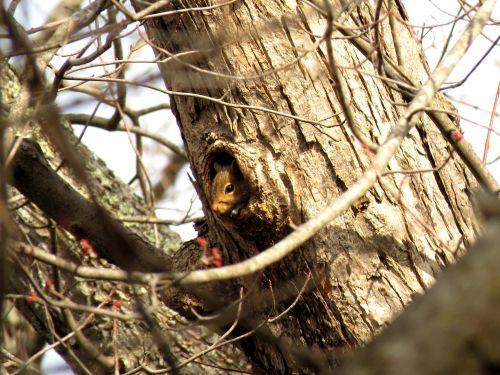The Most Common Generalist
Successful and ubiquitous: gray squirrel claims a prize at Concord Conservation Center.
Grey Squirrels. Where aren’t they?
They’re in our backyards, rummaging through our compost, playing chase on telephone poles and wires, and being frantically indecisive in the middle of our streets. Last Spring we planted two apple trees in our front yard, and my husband and I proudly watched the progress of the handful of green apples that each had produced by mid-july. So did the squirrels, who waited for them to grow plump and begin to redden, before delicately plucking them off their branches, taking a bite or two and leaving them on the lawn for the worms. We didn’t begrudge them their apples though-- our neighborhood squirrels (a thriving population, despite those that meet their maker in the middle of a busy cross street) have given us quite a bit of entertainment, especially when they’re trying to lug large avocado pits under one arm like footballs, while rattling up the neighbor’s maple tree.

In children’s books, squirrels eat acorns. Outside of children’s books, squirrels eat acorns, and just about everything else. If you ever find yourself sitting in the parking lot of McDonalds, you’ll find squirrels skulking about with french fries hanging out of their mouths like cigarettes. Not picky, these squirrels.

At the farmer’s market last summer, I watched one sitting on the state house lawn, lovingly cradling an Everything Bagel in its paws, apparently trying to decide the logistics of carrying it off to a more private dining spot. I’ve often felt the same way.
This month though, it’s the forest squirrels at the Conservation Center that have really snagged my attention.
The Mill Brook at this time of year provides a diverse catalogue of Things to Watch. There are mink, muskrat, beaver, wood ducks, songbirds and, of course, squirrels. This year, it seems, more than ever. The brook is criss-crossed by logs-- ash taken down and left by beaver, maple windfalls, and alders that over time have grown tall, split and fallen down. Every spring, wood duck pairs sitting in the brook use the logs like privacy screens, invisible to the path walker until they erupt squealing into the treetops. If you stand for more than five minutes and watch the brook, something is going to cross over those logs, and it will more than likely be a grey squirrel.

The Mill Brook is bordered on the far side by silver maples, and this year I’ve watched the squirrels backlit by the rising sun, balancing like acrobats in the very tips of the treetops, nibbling on the maple buds. I gather they enjoy the sweet maple sap at this time of year, quite as much as their downtown counterparts savor their french fries.

Very early the other morning, I watched one sitting on one of the brook’s log bridges, eating the strands of vegetation that wound around the log, strand by strand like a gourmand savoring fettucini. As I’ve watched the Mill Brook’s squirrel- society, I realized that a four-trunked maple on the other side of the brook seems to be the nexus of their activity.

This is a tree that I always think of as being the Wood Duck tree, because for several years now I’ve seen wood ducks nesting in one of the tree’s highest cavity holes. The tree, with its four tall trunks emerging from one base, is riddled with woodpecker holes. The other evening, the tree had five squirrels in it. Several were in the top most branches, nibbling the red buds. I watched one squirrel arc down from his perch and disappear into the high cavity that the wood ducks use every spring, while another squirrel poked his head out of a lower hole in the tree.

I felt like I was seeing a high-rise squirrel tenement. Are there a brood of little ones inside? I’m wondering what will happen, very soon now, when the wood ducks that I’m seeing on the Mill Brook every morning begin their search for nesting cavity real estate, and find a rodent peering back out at them. I hope I get the chance to watch.
